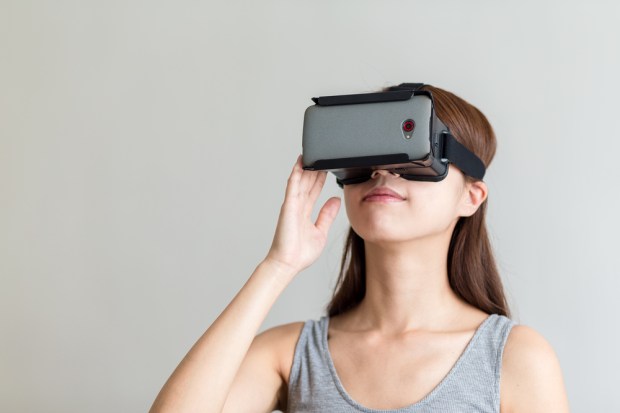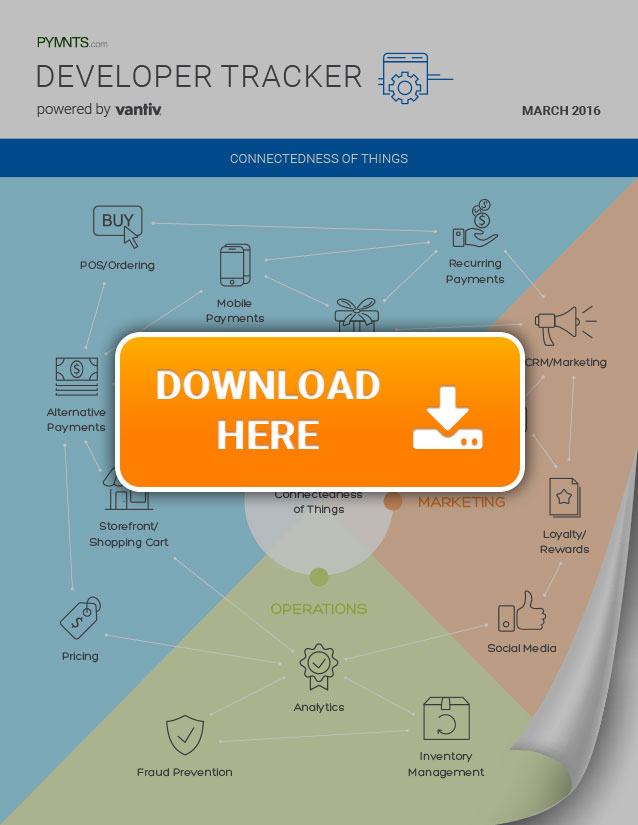When (Virtual) Experience Pays Off

In this month’s tracker, we explore the role of VR in commerce. Trillenium Founder and CEO Hrvoje Prpic is one of those innovators using VR to really reinvent commerce by helping retailers change the way they imagine commerce happening and, in doing that, driving more sales.
shutterstockImagine a consumer who has never flown first class – they may know that the service itself is more luxurious but may never actually go forward with booking that ticket. But what if providing them with a virtual look at everything the first-class experience really offers is all it takes to change their purchasing behavior? Not only is there a chance that customer is likely to spring for the more expensive ticket, but once they actually fly first class chances are they won’t want to go back to the economy seats.
While it may be easy to only associate virtual reality with gaming and entertainment, much can be said about the influence this immersive technology may have in a variety of different use cases. From high-end retail to hotel booking, the potential impact of virtual reality is reaching new industries in very innovative ways.
PYMNTS recently caught up with Hrvoje Prpic, founder and CEO of Trillenium, after a panel discussion at Innovation Project 2016 to gain some insight on virtual reality and its power to revamp luxury retail and high-end offerings as we know them.
Trillenium, a white-label virtual reality company that caters to the retail sector by providing 3-D, virtual and even offline applications, is aimed at turning shoppers of luxury goods and services into buyers via virtual showrooms.
As Prpic pointed out, these virtual stores are able to do a better job of showcasing and selling more expensive items to consumers by bringing them to the forefront, unlike online shopping, which allows consumers to easily sort by price and overlook higher-end goods.
But when it comes to the use of virtual reality within the retail space, it’s not just about buying, but also how much the consumer actually enjoys the shopping experience, Prpic explained.
In the same way a shopper may enter a brick-and-mortar retailer and take their time browsing the aisles and checking out new products, Prpic said he hopes people will invest time doing exactly that in virtual reality or 3-D applications.
However, retail isn’t the only place where Prpic sees virtual reality changing the way consumers purchase goods and services.
He used the example of choosing between a 2-star hotel and a 5-star hotel, with one costing $50 per night and the other $500 per night, respectively. How can a hotel ensure they are able to sell that 5-star hotel room over a much cheaper option?
“You have images and pictures but this is not the way to show your potential customer the actual experience that he or she will receive in that 5-star hotel room,” said Prpic, adding that it’s not just about the room size, but also about the quality of service and overall experience that can only be seen by being there, which virtual reality enables.
“You may look at pictures and it’s nice but you can’t get in. With virtual reality it’s immediate – you put the glasses on and you are there,” he added.
Not only do customers want to be wherever the virtual reality viewers can take them, but Prpic said they are more willing to pay whatever is needed just to get there.
On the flip side, businesses are also using virtual reality as a more improved way to facilitate knowledge transfer and education. Another business case Trillenium currently has in its pipeline involves a company that may have a physical showroom at its headquarters displaying how its products should be placed on shelves at merchant locations, but currently just sends sales representatives out with pictures in order to communicate that information to retailers.
Virtual reality can help to solve the challenges that come with this type of knowledge transfer by enabling sales representatives to instead provide merchants with the virtual experience of being at the company’s office and seeing the product displays first-hand, making it much easier to see how the products should be presented to consumers.
The demand for more unique and virtual experiences on the consumer side is clear, with researchers expecting nearly 6 million virtual reality hardware devices to be sold in this year alone.
But can the same level of interest be seen among merchants?
“Retailers still don’t understand, but we are trying to explain that value to them and when we present it they are usually excited and love the idea. But it’s going to take lots of time to show the true possibilities of virtual reality,” Prpic explained.
He noted that while virtual reality technology is still very expensive today, the end goal is for Trillenium to offer a multi-tiered platform that will enable even more merchants to offer their own virtual stores.
With the proliferation of virtual reality devices, from the fast-selling Samsung Gear VR and Oculus Rift headsets to McDonald’s turning its Happy Meal packaging into fully functional virtual reality headsets, a virtual reality disruption may be coming faster than we think.
Prpic said he isn’t worried about a lack of virtual realty hardware being a problem, as prices continue to come down. Plus, it is estimated that in just five years the market will be work more than $80 billion, and he believes access to virtual reality will soon be available all over the world.
“Content is what we do and that’s what’s really on the other side. The content is what’s going to be in huge demand,” he added.
……………..
To download the March edition of the PYMNTS.com Developer TrackerTM, powered by Vantiv, click the button below…
About The Tracker
The PYMNTS.com Developer TrackerTM, powered by Vantiv, is designed to provide the payments ecosystem with a view into how software developers are using new technologies to create innovative business opportunities and enable merchants to optimize the ways in which they engage with shoppers today. The developer community within the tracker is separated into three categories: Shopping and Payments, Operations, and Marketing.

